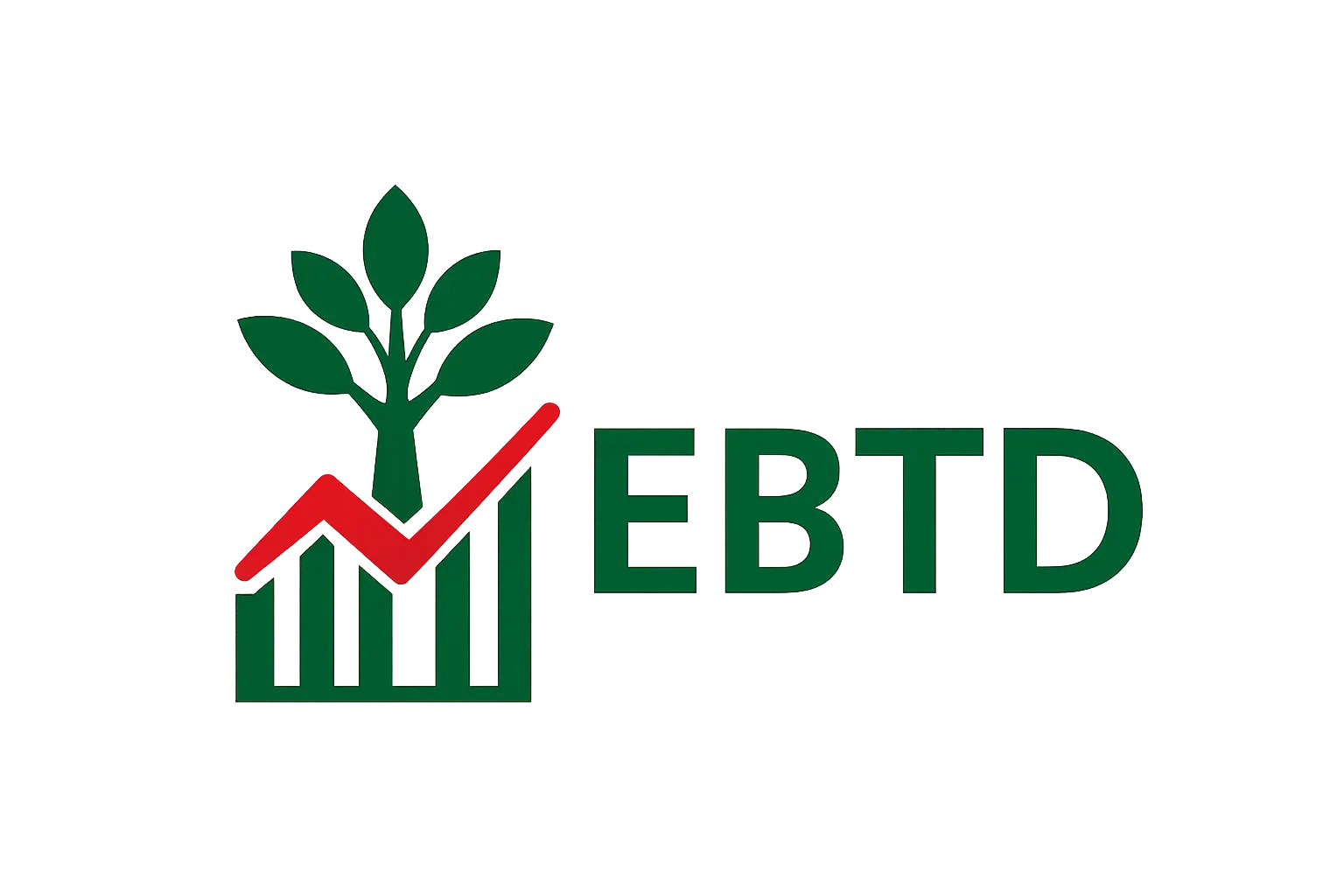Sequenced Curriculum
Oak National Academy – Fully Sequenced Curriculum Plans
Oak National Academy – Curriculum Plans
What it offers: Free, high-quality curriculum plans for Key Stages 1–4 in the UK. Designed to be knowledge- and vocabulary-rich, emphasising progression and sequencing for cumulative learning.
Useful aspects (for Bangladesh):
- Model for mapping concepts and skills over time.
- Emphasis on vocabulary and knowledge helps identify learning gaps.
- Templates can inspire local curriculum planning frameworks.
Cautions:
- UK-focused content requires cultural and curricular adaptation.
- Assumes specific teacher training, assessment systems, and resourcing.
- Effective sequencing needs reliable tracking of prior learning — often inconsistent locally.
Open Curriculum
Core Knowledge Foundation – Free Curriculum (Preschool–Grade 8)
Core Knowledge Free Curriculum
What it offers: Open-access curriculum units, guides, and resources for Preschool–Grade 8. Fully downloadable and adaptable under open licence.
Useful aspects (for Bangladesh):
- Open licence enables translation and contextual adaptation.
- Clear progression supports defining long-term knowledge building.
- Implementation guides can inform teacher training materials.
Cautions:
- Stories and contexts may not fit Bangladeshi culture.
- Some units assume access to books or technology.
- Assessment models differ from Bangladesh’s exam systems.
Leadership Tool
Coherence Toolkit (Education First + CCSSO)
Coherence Toolkit
What it offers: Framework and tools to align curriculum, assessment, teaching, and leadership. Includes facilitation and reflection guides for school leaders.
Useful aspects (for Bangladesh):
- Encourages leaders to link curriculum with professional learning and assessment.
- Highlights gaps and misalignments in school improvement plans.
- Adaptable for leadership and team development workshops.
Cautions:
- Requires planning time and leadership capacity to implement.
- Terminology and data tools may need localisation.
- Some tools assume consistent teacher evaluation data.
Instructional Alignment
TNTP – Instructional Coherence Framework
A Key to High-Quality Learning Acceleration (TNTP)
What it offers: A practical framework aligning curriculum, pedagogy, and assessment to accelerate learning and close equity gaps.
Useful aspects (for Bangladesh):
- Emphasises equity and access for all learners.
- Helps curriculum teams check alignment between objectives, teaching, and assessment.
- Offers practical, ready-to-use planning and reflection tools.
Cautions:
- Assumes frequent formative assessment cycles — difficult in large classes.
- Requires cross-level coordination (teacher, department, school).
- US examples may need localisation for Bangladeshi settings.
Backward Design
Designing for Coherence (Center for Assessment)
Designing for Coherence
What it offers: Integrates Understanding by Design (UbD) and Principled Assessment Design (PAD) to create coherent curricula that start from clear learning goals and align teaching and assessment backward.
Useful aspects (for Bangladesh):
- Structured planning method for units and lessons.
- Ensures assessments truly measure intended outcomes.
- Clarifies learning goals for teachers and students alike.
Cautions:
- Backward design may clash with exam-driven structures.
- Requires PD for teachers unfamiliar with UbD or assessment design.
- Time and planning support are critical for effective use.
